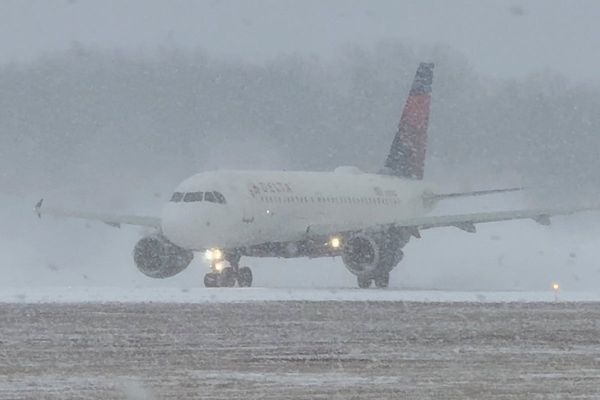The extent of devastation to Queensland's turtle season from ex-tropical cyclone Seth is becoming clearer, weeks after dangerous swell and high tides washed away hundreds of nests right before they were due to hatch.
Col Limpus, chief scientific officer at the Queensland Parks and Wildlife Service, said there had been significant dune erosion and loss of turtle nests between Bundaberg and Gladstone.
"We don't know how many exactly that we've lost. We're slowly trying to track them down," Dr Limpus said.
"We've probably lost in excess of 150 clutches for the Woongarra coast, which includes [nesting hotspot] Mon Repos."
Loggerhead turtle nests destroyed
Nev and Bev McLachlan from Turtle Care Volunteers Queensland said they were assessing how many loggerhead nests had been destroyed by the high tides at Wreck Rock, near Agnes Water.
"The banks where a lot of the loggerheads lay have just been washed away," Mr McLachlan said.
He said they expected some of the green turtle nests had survived because the mothers laid further up the dune.
Dr Limpus said volunteers had rescued as many eggs as they could by relocating them higher up the dunes and stressed the nesting season was not over yet.
"We still have nesting turtles for the time being," he said.
But the odds are against them with an average of only one in 1,000 reaching adulthood.
It then takes 30 years for them to reach sexual maturity.
Decline in new nesting mothers
The number of new nesting turtles has declined this season, which Mr McLachlan suggested could be the result of significant nest losses in decades past to predators and weather events.
"There is a general worry throughout the turtle program in Queensland," he said.
"There's a reduction in the number of hatchlings that are getting out into the water over the past 50 years.
"We're now seeing the results of that in the numbers of first-year nesters.
Dr Limpus said the gradual decline in new nesting turtles could also be attributed to the escalation of longline fisheries in the eastern Pacific in the mid-1990s.
"A very large number of our young turtles were killed in the longline fisheries off Peru and Chile … and we believe that's one of the factors that's affecting our turtle population today," he said.
"We're doing our part here to increase hatchling production and that's why we relocate eggs that are laid low down on the beach, so that we don't lose them."







